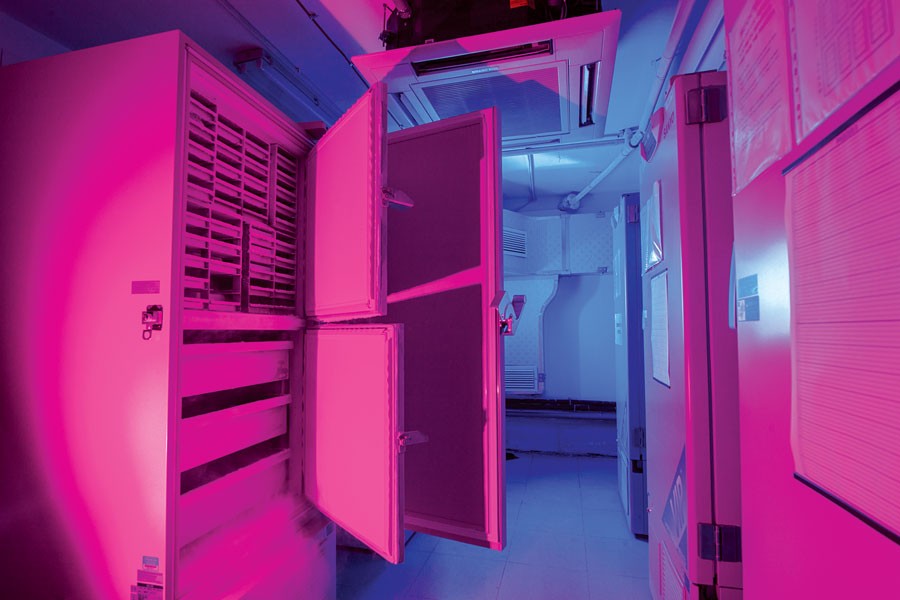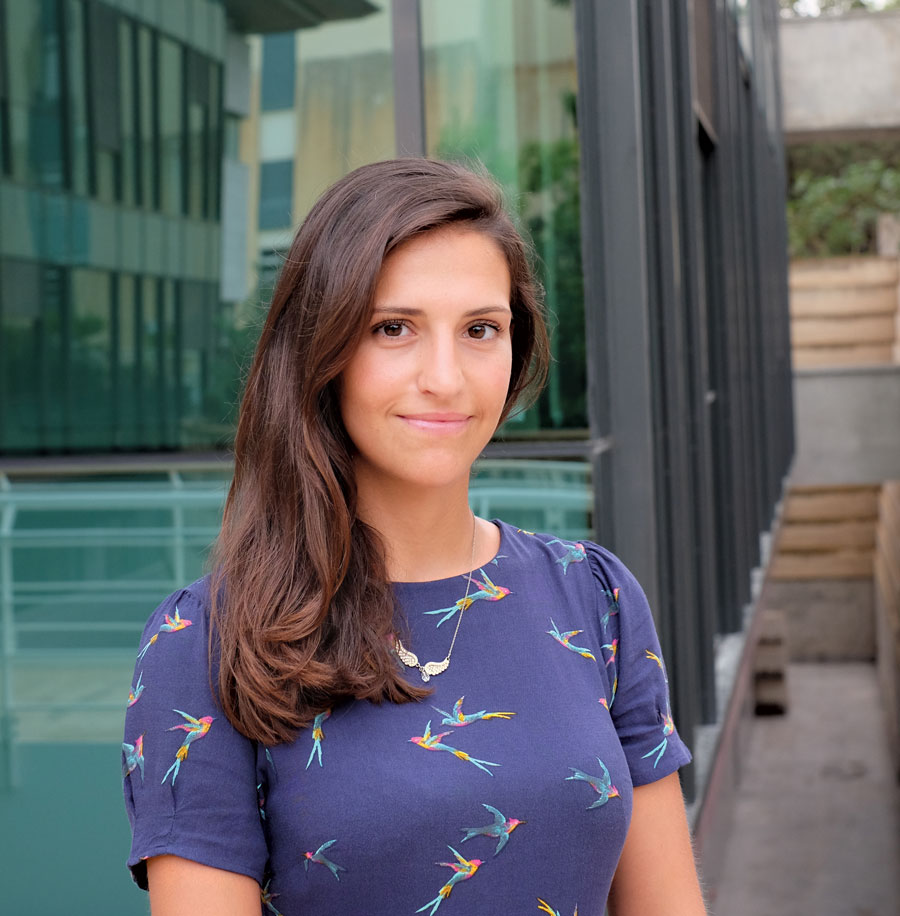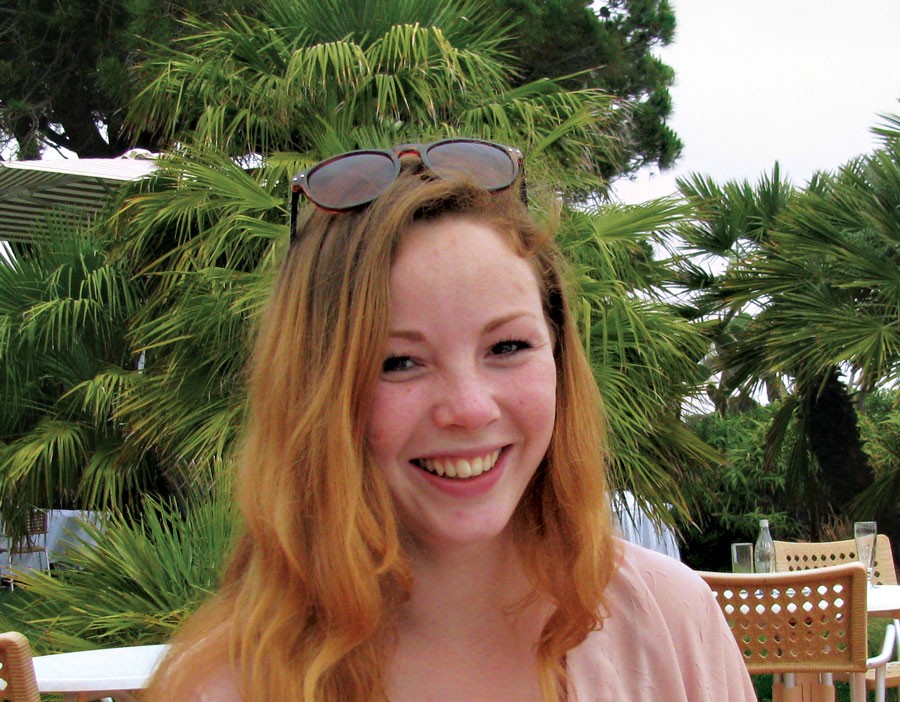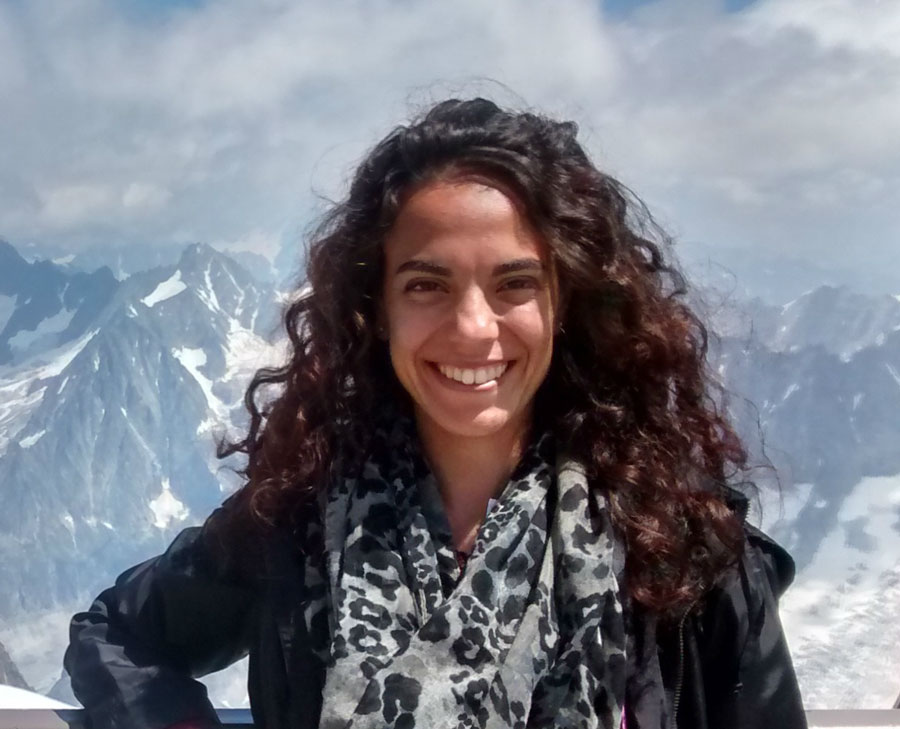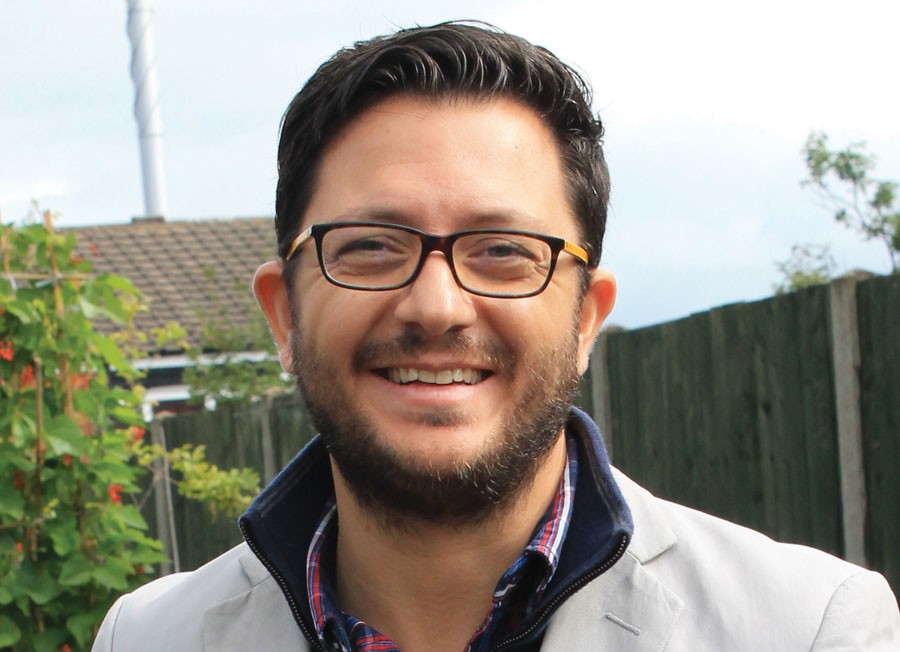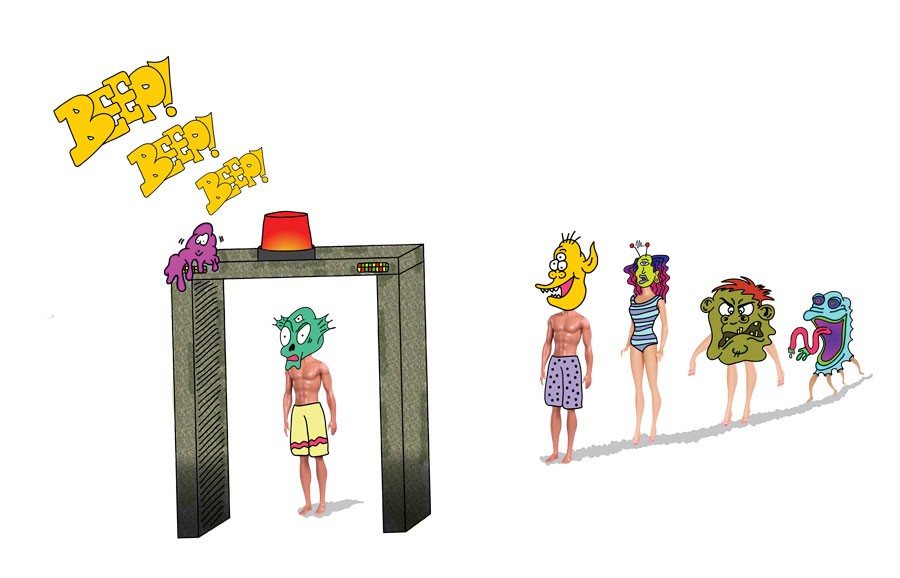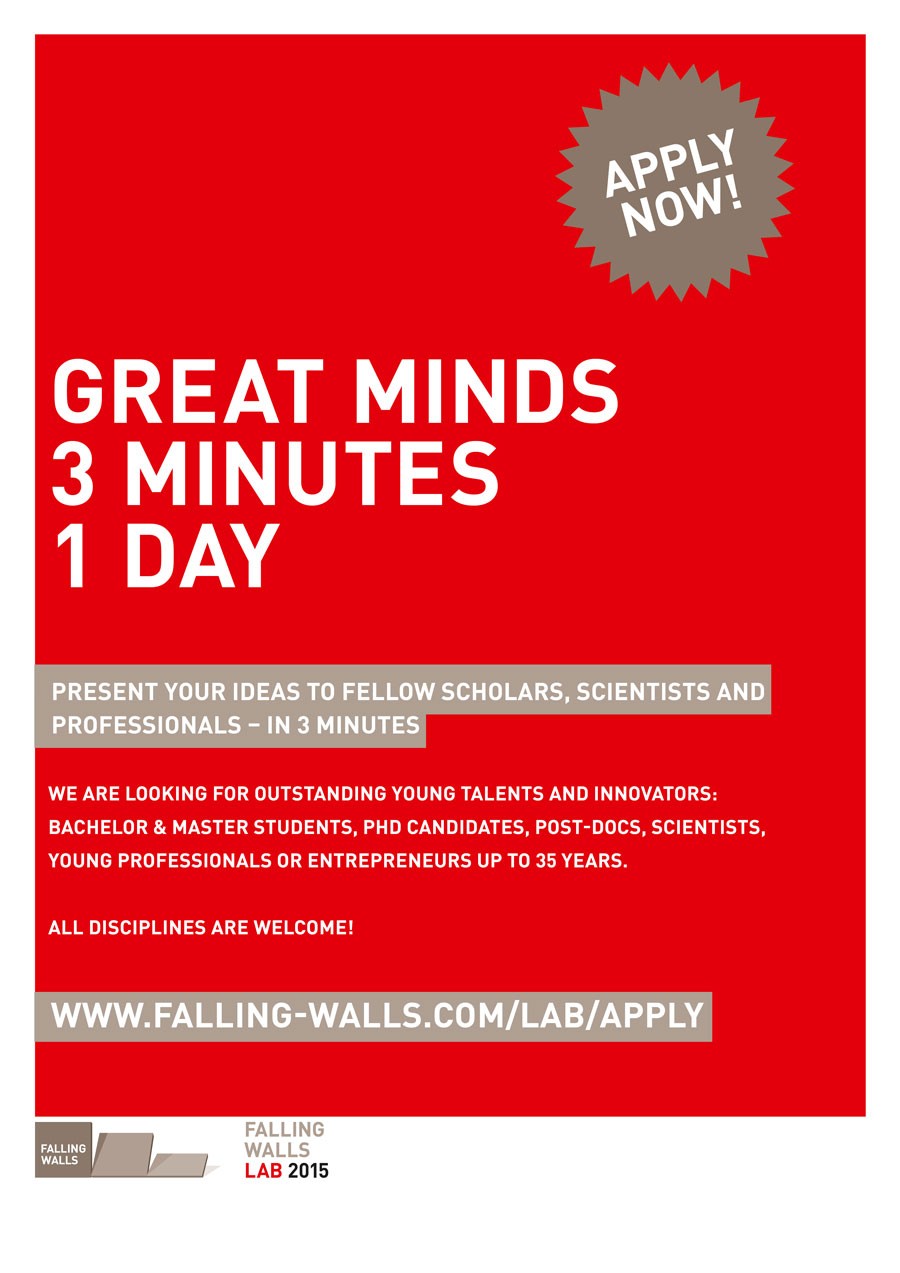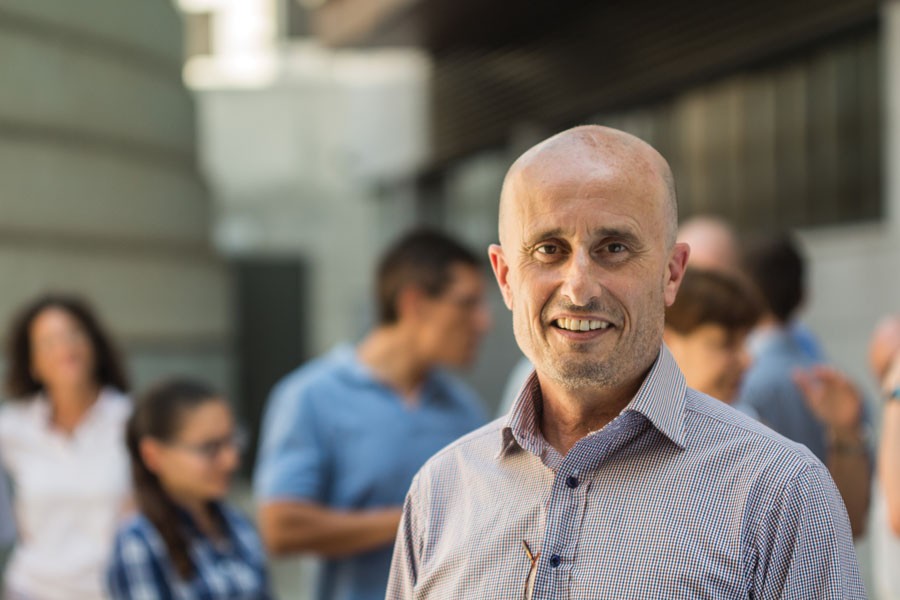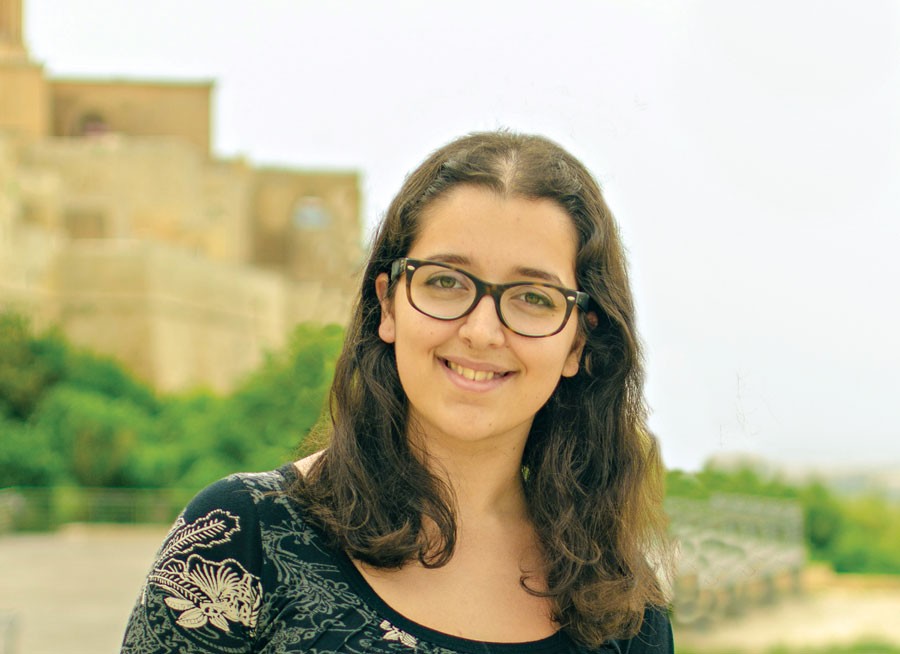In the early 1990s, the Malta BioBank was started with the collection and storing of samples from all Maltese children who had been screened for rare blood disorders. Set up as a collaboration between the University of Malta and the Malta Department of Health, it was first launched using Italia-Malta project funds followed by EU pre-accession funds.Continue reading
Fly power for neurodegeneration
By Rebecca Borg
Spinal Muscular Atrophy (SMA) is a neurodegenerative disease that causes motor neurons to deteriorate. These nerves are required for voluntary muscle activity control. Neuronal loss leads to progressive muscle weakness that makes it difficult for one to move and function normally. These devastating consequences make SMA the leading genetic killer of infants, who succumb to the effects of the condition within a few years.Continue reading
Nicotine stresses you out!
By Caitlin Davies
Every day in Malta, one person will die from a smoking-related illness. People usually begin smoking tobacco in their adolescence and addiction quickly follows. Quitting is hard and the majority are unsuccessful. Nicotine, with its crippling withdrawal symptoms, is to blame. Research suggests this component of tobacco can be more addictive than heroin. Smokers say that nicotine is pleasurable and enables them to concentrate and reduce their anxiety. Scientists think the opposite.Continue reading
Do you recognise me?
By Julia Farrugia
Automatic facial recognition could change the world of law enforcement. Profile photos of suspects are rarely available, so investigators still rely on face sketches based on eyewitness descriptions. Julia Farrugia (supervised by Dr Ing. Reuben Farrugia) implemented an automatic face recogniser that is able to retrieve a photo based on a sketch. This narrows down the number of potential criminals before trails start to go cold.Continue reading
New designs for better streets
By Dr Antoine Zammit
Urban development in Malta has undergone an exponential growth in the past decades. This is a growth that has often been imposed indiscriminately within long-established and tightly knit streets, and worsened by a lack of urban design approaches by investors and politicians alike. The Maltese planning system has only reacted to economic and market conditions instead of trying to foresee them, and consecutive governments have simply sought to stimulate the construction industry further. In addition, none of the policies produced by the Malta Environment and Planning Authority (MEPA) have to date been urban design-oriented. The planning system has been overloaded with a plethora of policies that however fail to consider the street—arguably the most important spatial scale within the Maltese urban environment.Continue reading
Climate Change challenging International Law
Last year when the US President Barack Obama used his State of the Union’s address to argue that the present generation should be concerned with the patrimony future generations will inherit, observers knew that he was instilling urgency into the climate change debate.
Mutate My Software
Computer systems run the world and are found in fridges to hospitals. Every application needs testing, which is expensive and time-consuming. Dr Mark Micallef and Dr Christian Colombo from the PEST research group (Faculty of ICT, University of Malta) tells THINK about a new technique which could make testing easier and more consistent. Illustrations by NO MAD.
Falling Walls: Young Talents on Stage
The Falling Walls Lab is an international forum, which aims at building and promoting interdisciplinary connections between young excellent academics, entrepreneurs and professionals from all fields.
A Faculty Reborn
During the mid-1970s, the Faculties of Science and Arts were closed down, and the Bachelor programmes phased out. Most of the foreign (mainly British) academics left Malta, as did some Maltese colleagues. Those few who stayed were assigned teaching duties at the newly established Faculty of Education and Faculty of Engineering. Relatively little research took place, except when funds were unneccessary, and it is thanks to these few that scientific publications kept trickling out.
In 1987, the Faculties of Arts and Science were reconstituted. The Faculty of Science had four ‘divisions’ which became the Departments of Biology, Chemistry, Physics, and Mathematics. In the same year, I returned from the UK to join the Faculty.
Things gradually improved as more staff and students joined. However, equipment was either obsolete or beyond repair. The B.Sc. (Bachelor of Science) course was re-launched with an evening course. Faculty members worked flat out in very poor conditions. The Physics and Mathematics building was still shared with Engineering. Despite these problems, we had a Faculty and identity. Nevertheless, we wanted our courses to be of international repute—our guiding principle.
During the 1990s, yearly budgets had improved slightly along with experimental facilities. Computers and the occasional capital investment helped immensely. Research output increased, as did student numbers, while postgraduate Masters and Ph.D. students started to appear.
Since 2005, some faculty members have been working hard to secure European Regional Development Funds (ERDF) by submitting proposals to reinforce our research infrastructure. A total of six projects were approved with a combined budget of nearly €5 million. This has resulted in new, state of the art research facilities and an exponential increase in research output, bolstered by additional academic staff and research student numbers of close to 80.
Students are now organised and active through S-Cubed, the Science Students’ Society. This leading organisation is one of the three faculty pillars: the academic and support staff, and the student body. Together, we have made giant strides and the future looks bright.
Special thanks to Prof. Stanley Fiorini who helped us compile our timeline, aided by Prof. Josef Lauri.

